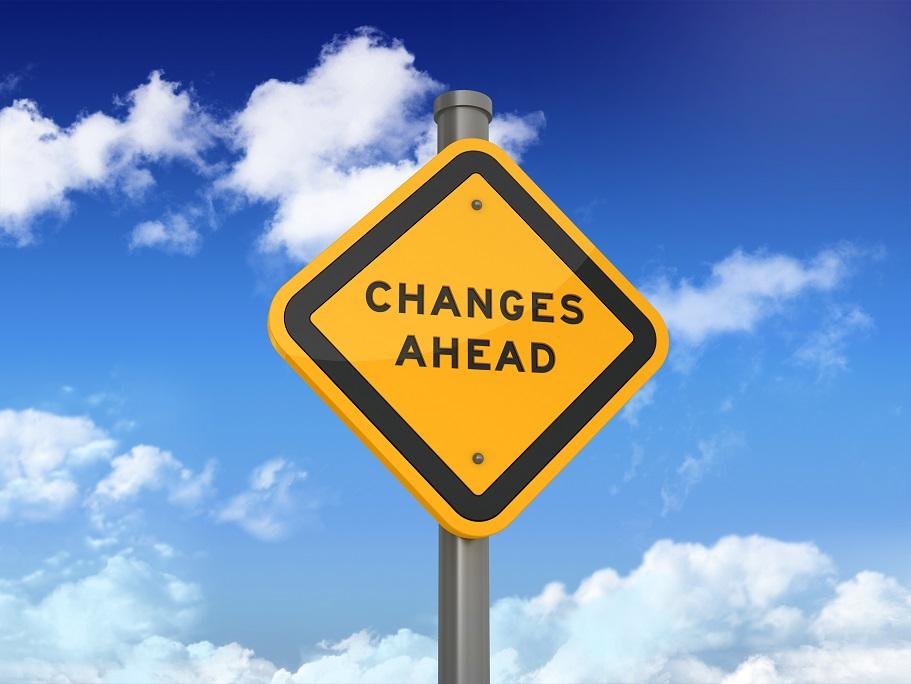
The Change Curve is a popular and powerful model used to understand the stages of personal and organisational change. The model describes the six stages most people go through as they adjust to change and can help you understand your own change journey and that of your team members. Through this understanding, you may even be able to predict how people will react and adjust the support you provide accordingly.
Below is a simple description of the stage and an approach to coaching your team members through the stage:
Stage 1. Denial – Blame Others
This stage involves people’s initial reactions, of shock or denial, when a change program is first introduced. Throughout this stage, people may begin to blame others.
Coaching approach: As a people leader the key to navigating this stage with your team is to simply listen and be there for them.
Stage 2. Denial – Blame Self
Team members may begin to shift the blame to themselves and become critical of themselves.
Coaching approach: Critical to this stage is, as above, practising active listening. Do not judge, offer advice or try to fix.
Stage 3. Doubt, uncertainty & confusion
This stage sees confusion and doubt start to set it. However, this is a good sign that beginning are beginning to move through the stages.
Coaching approach: At this point it is useful to start giving guidance, directing and leading your team. They will also benefit from gaining some context around the way things will look.
Stage 4. Acceptance
People begin to accept the changes ahead. They stop focusing on what they have lost and begin to let go.
Coaching approach: Start brainstorming ideas and solutions with your team. Give them the opportunity to contribute to the change that is occurring. And let them know you are supporting them.
Stage 5. Solutions and Problem Solving
At this stage, people not only accept the changes but also start to embrace it. The team and wider organisation may start seeing the benefits of the change.
Coaching approach: As a team begin testing and exploring what the changes mean to learn to adapt. This is your opportunity to stabilise the change.
Stage 6. Moving on
This stage sees your team or organisation starts to become productive and efficient, and the positive effects of change become apparent.
Coaching approach: A lot of learning is taking place, so offer your team support and opportunities to expand their skills.
Remember everyone experiences their change journey at a different pace and intensity. Adjusting your approach to suit the differing needs of your team members will help create a smooth transition from resistance to acceptance.
 (0)
(0) 







